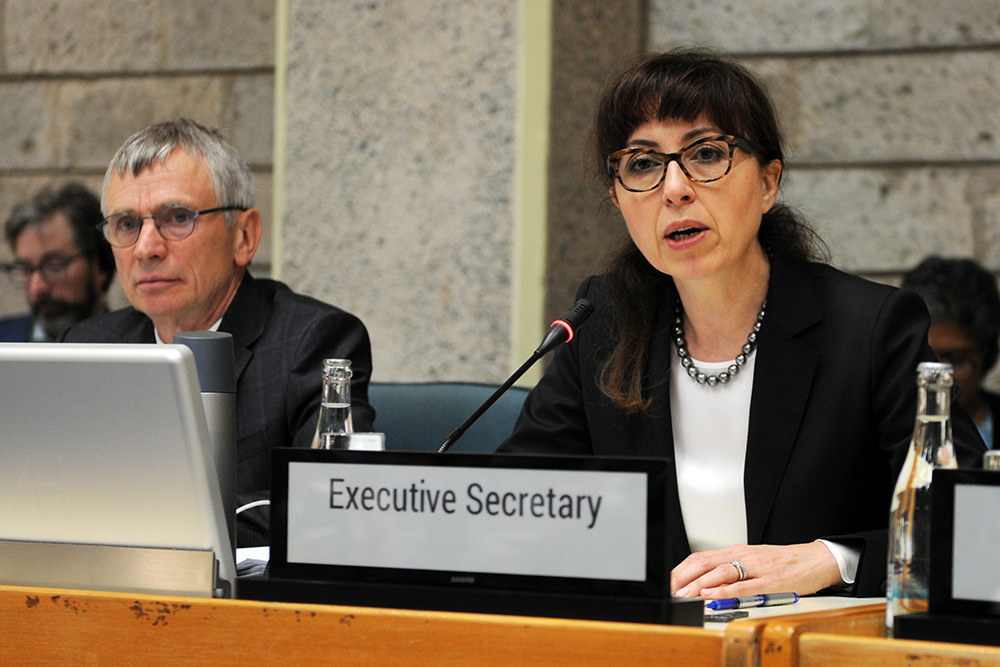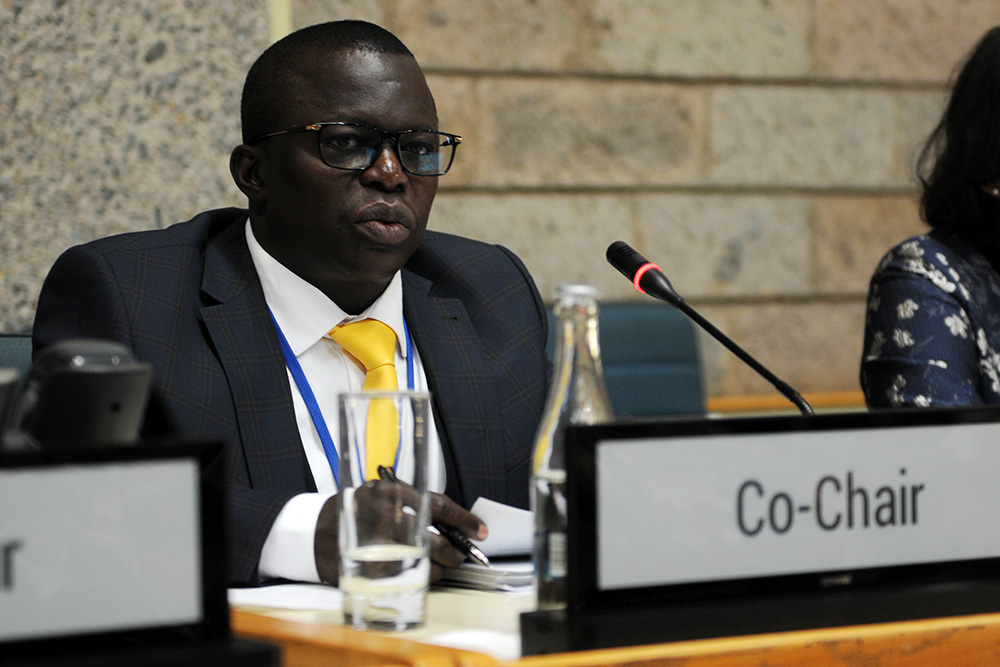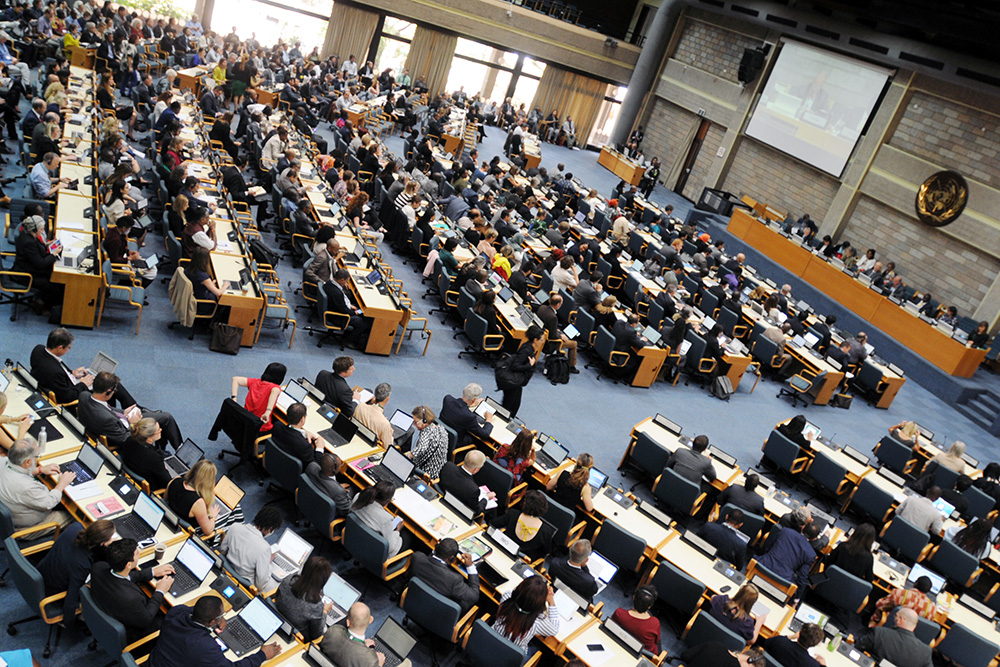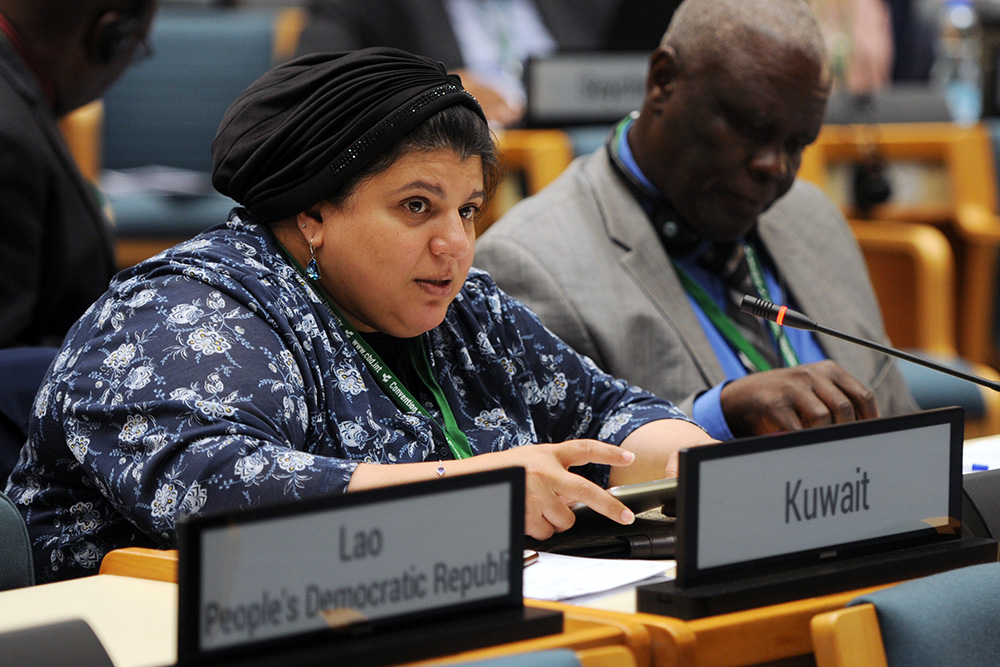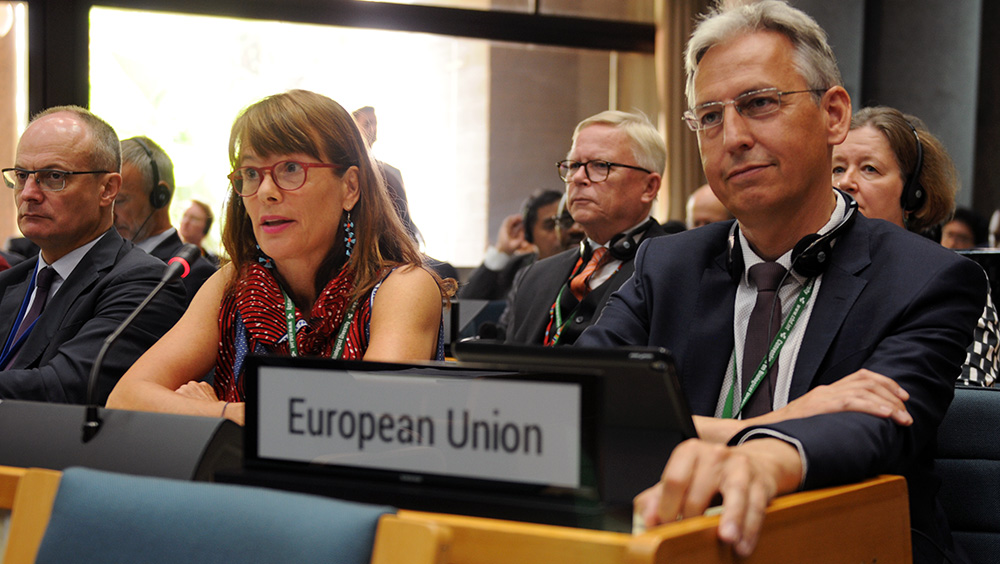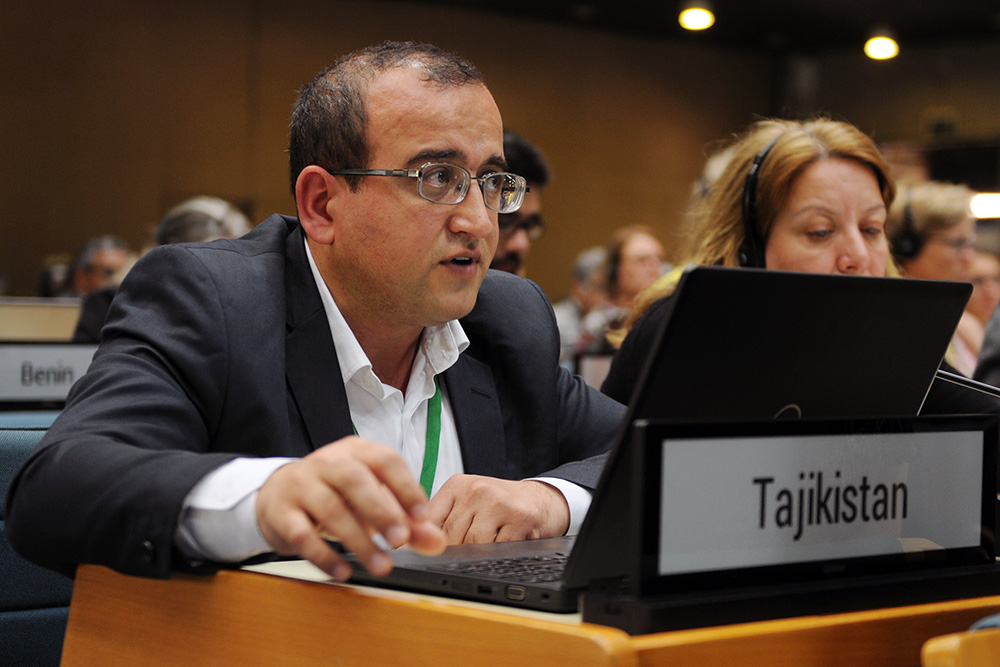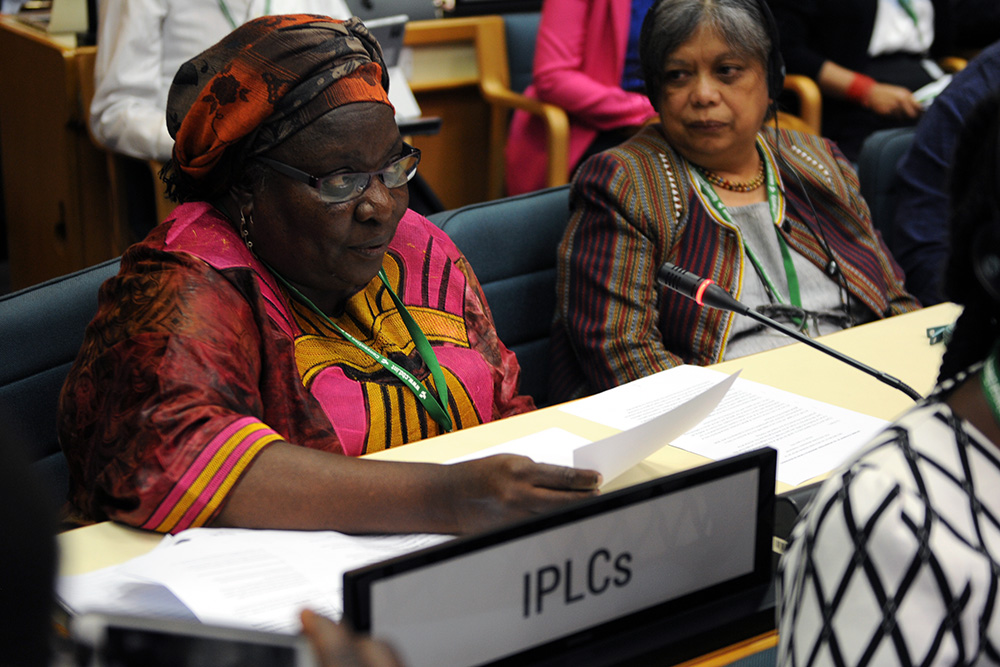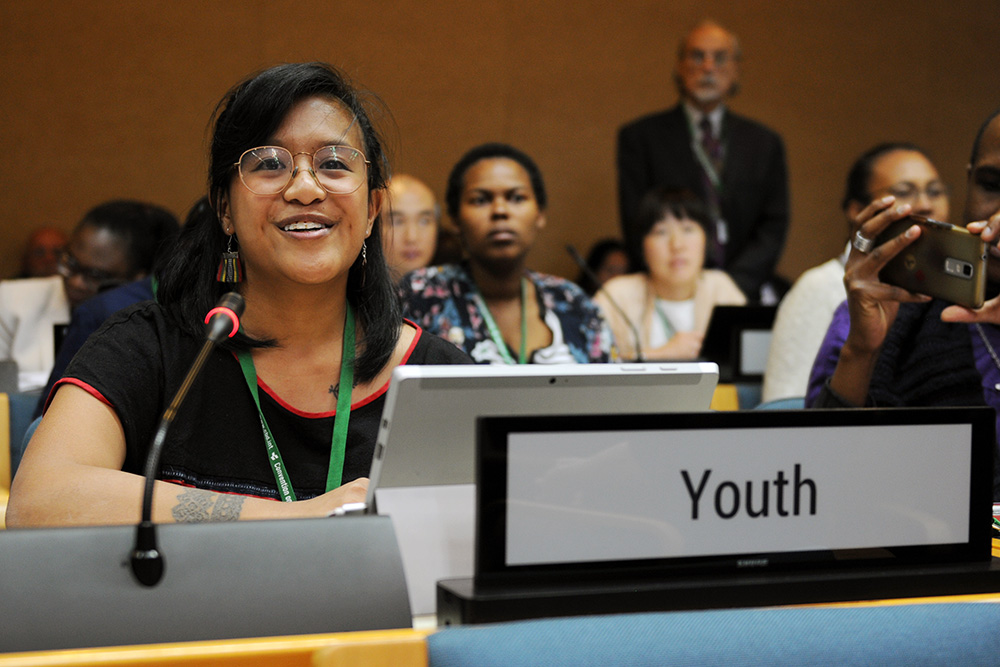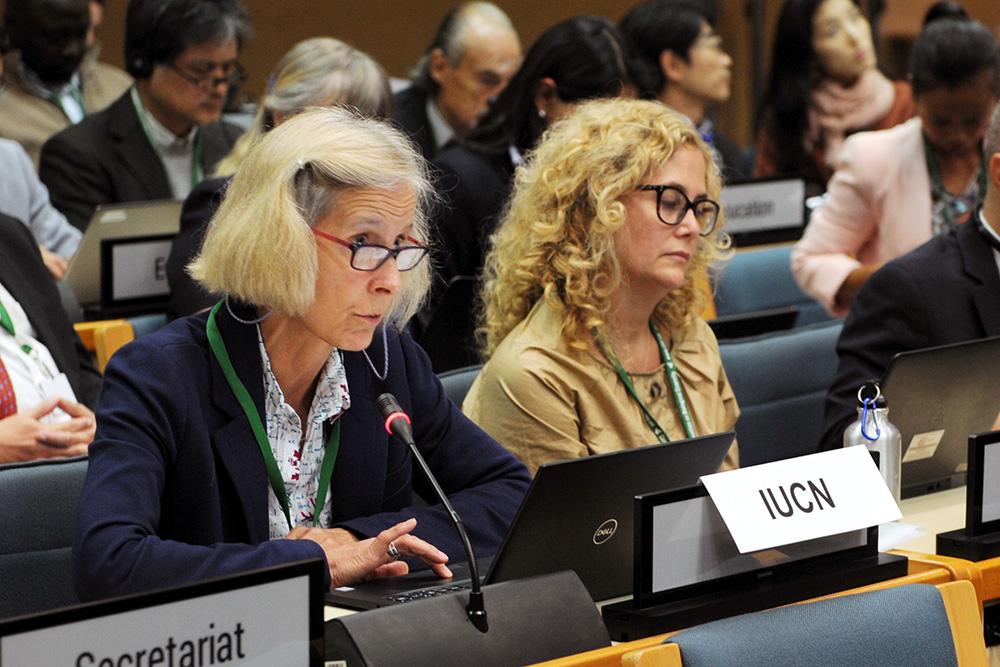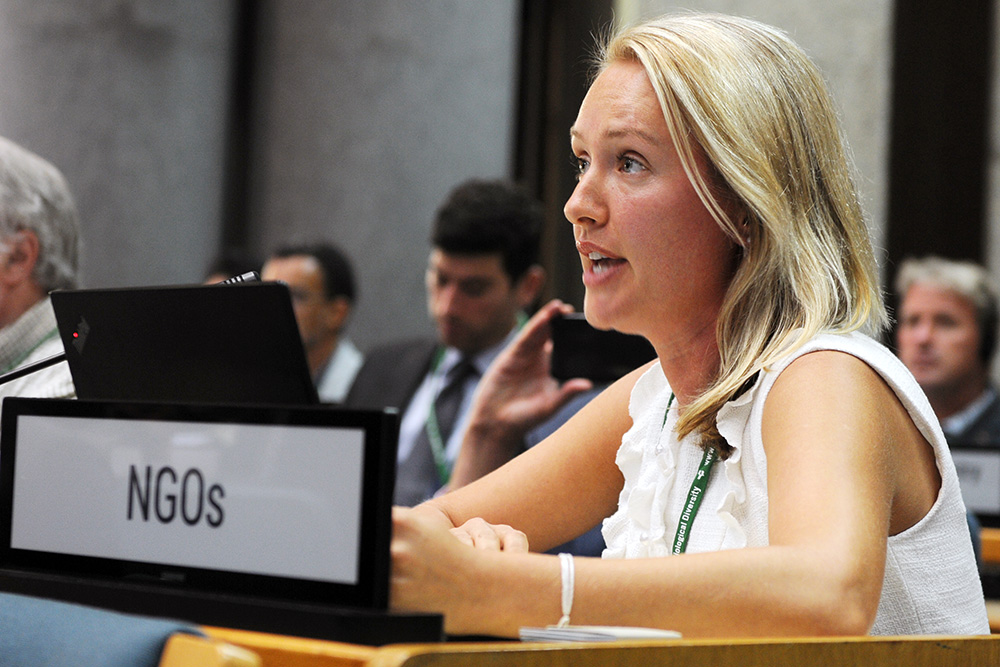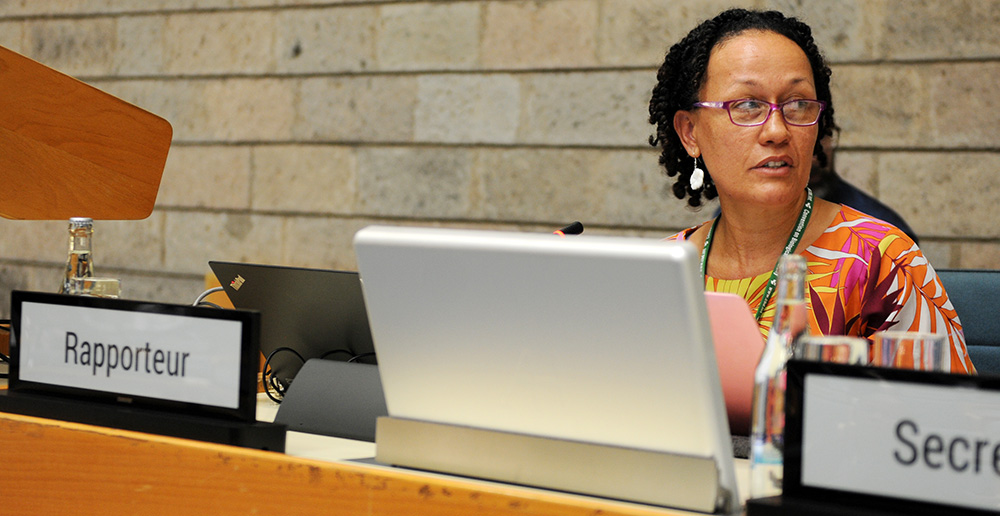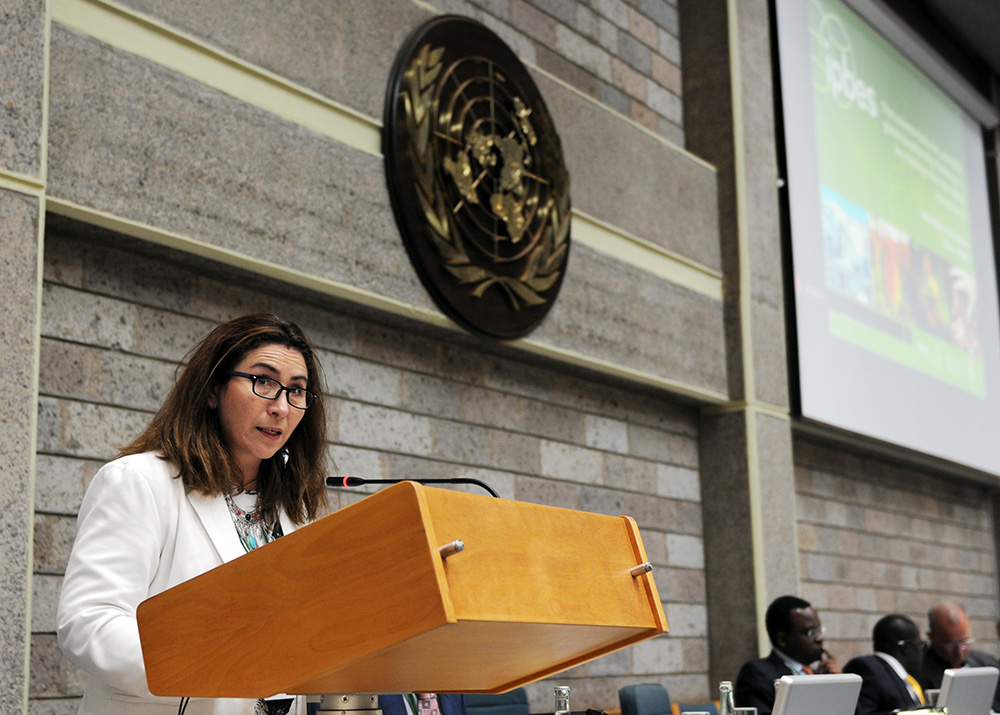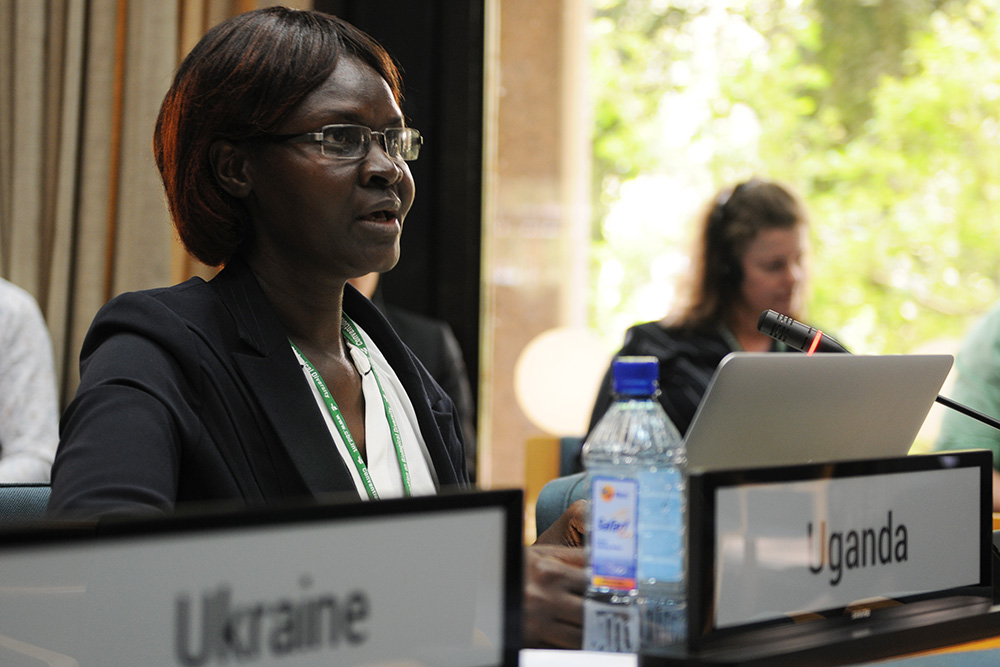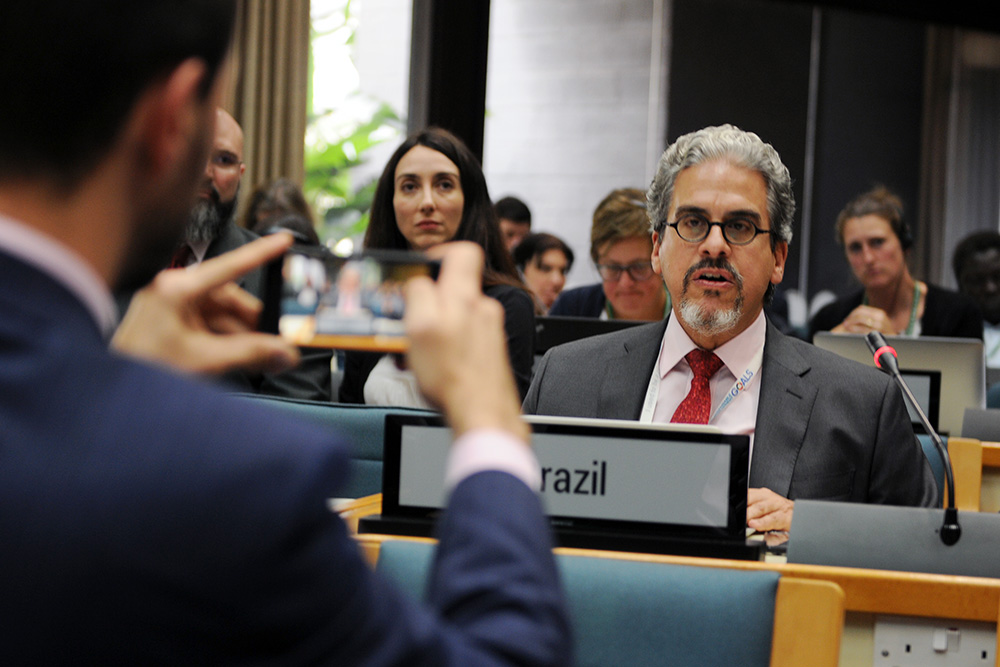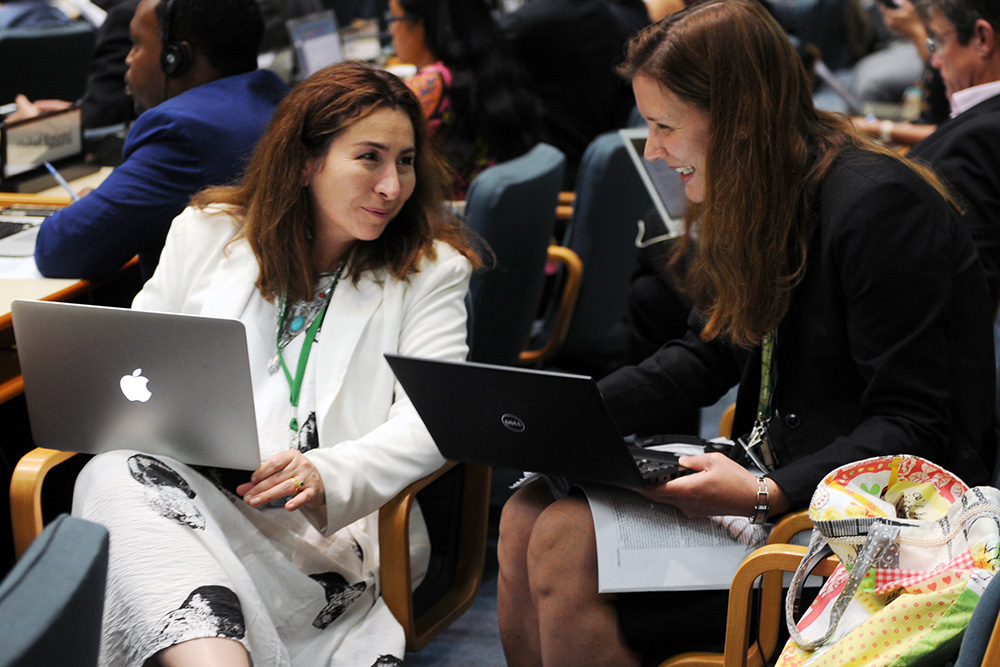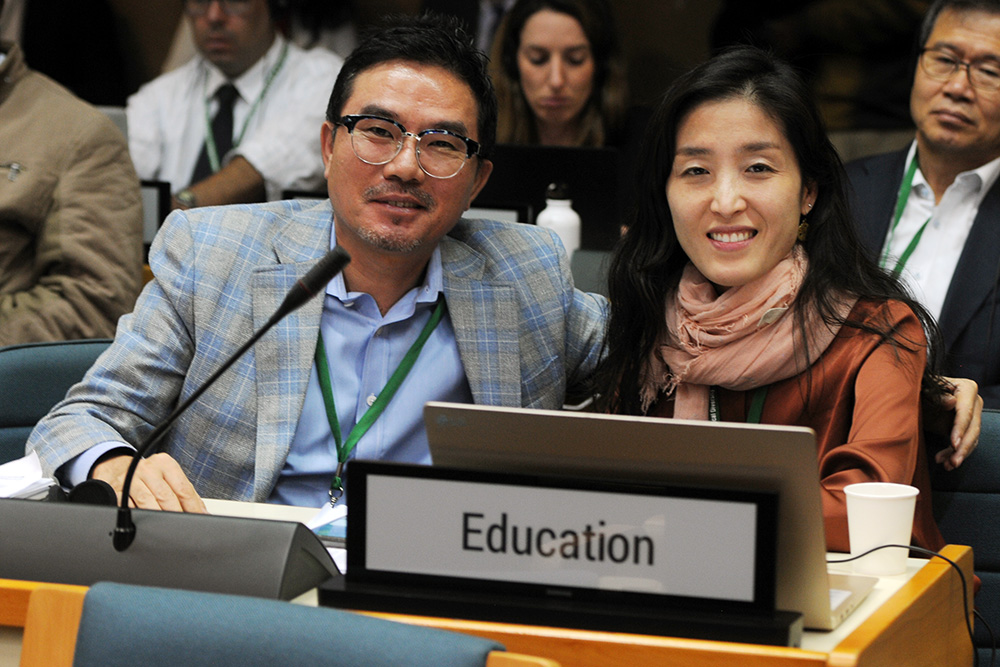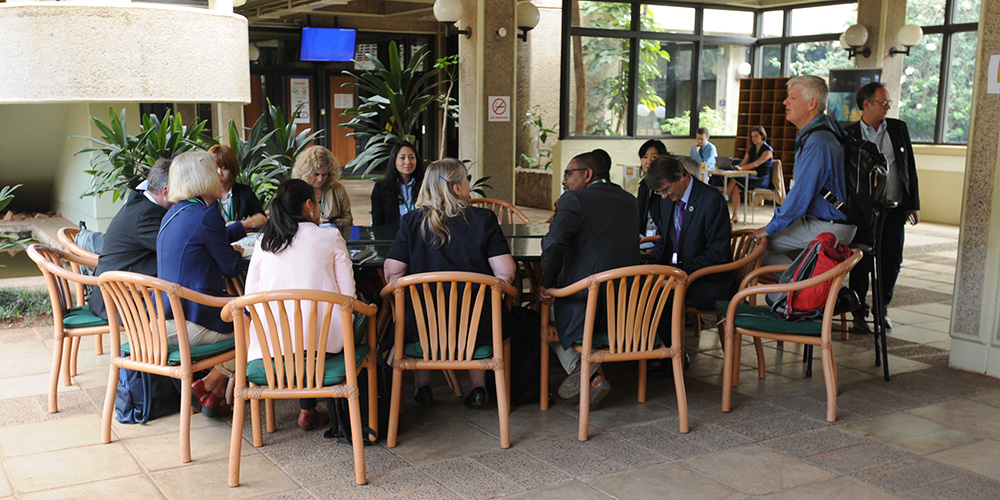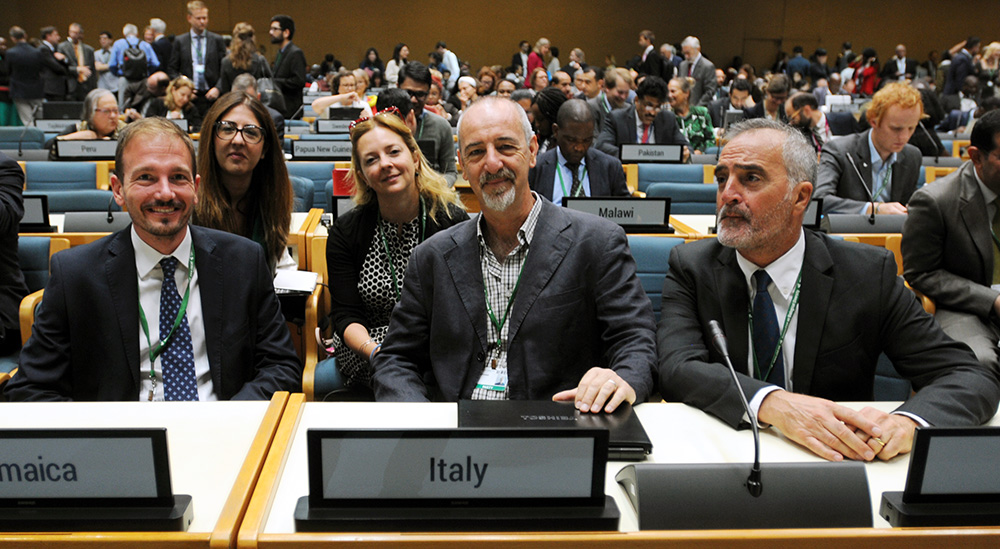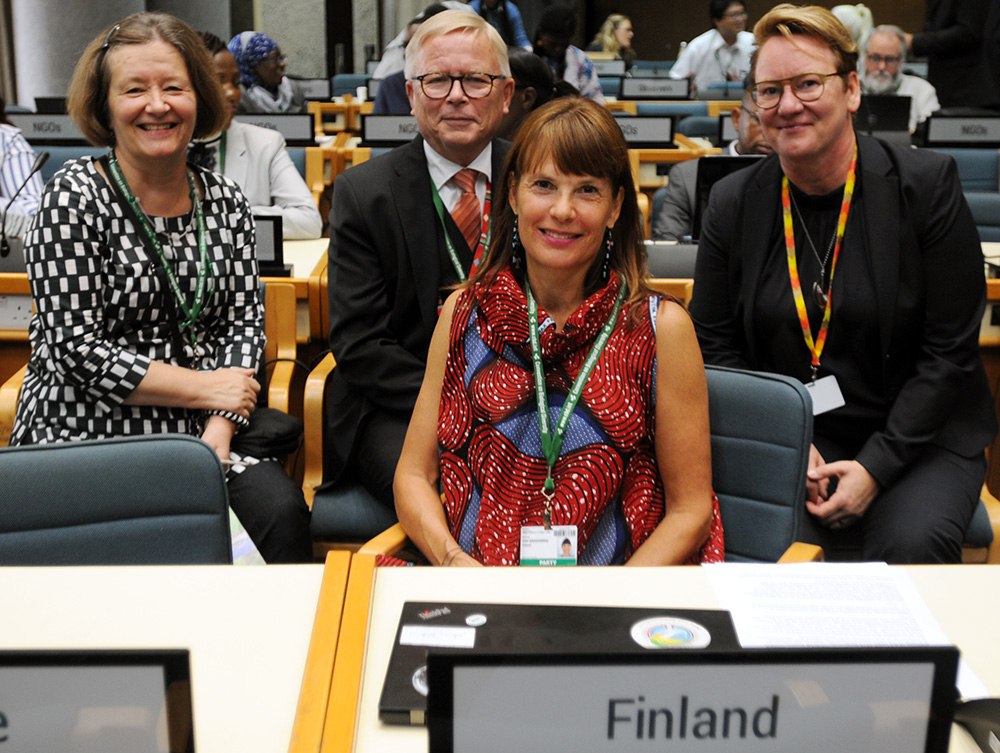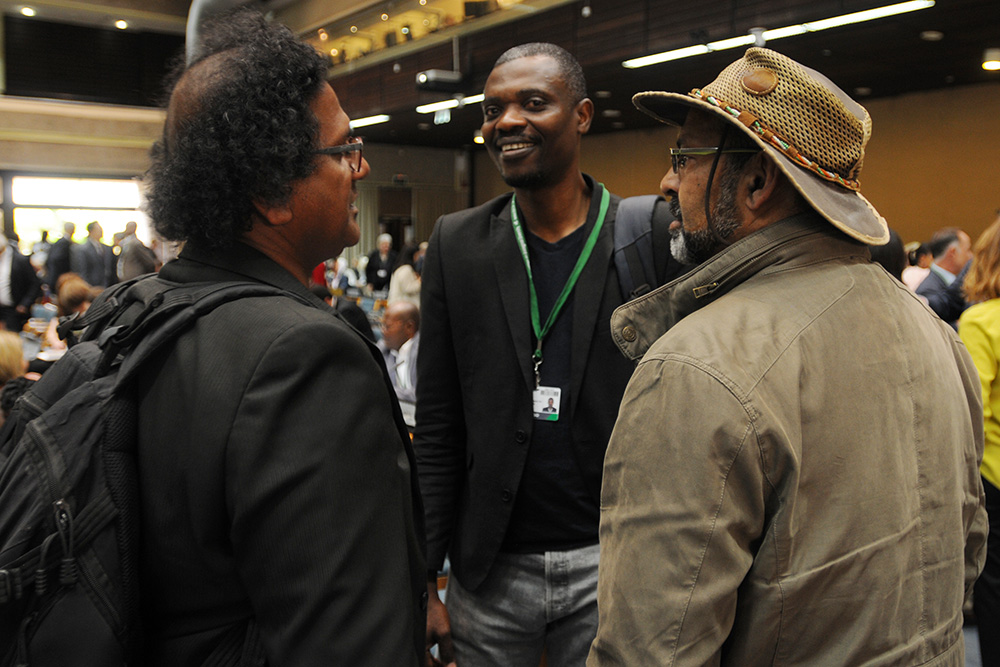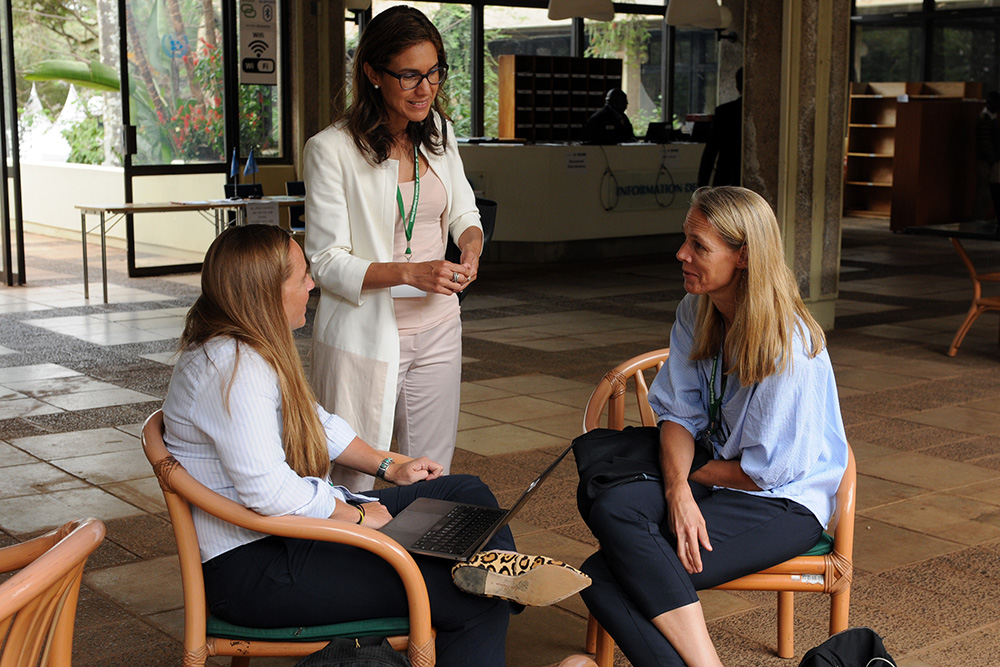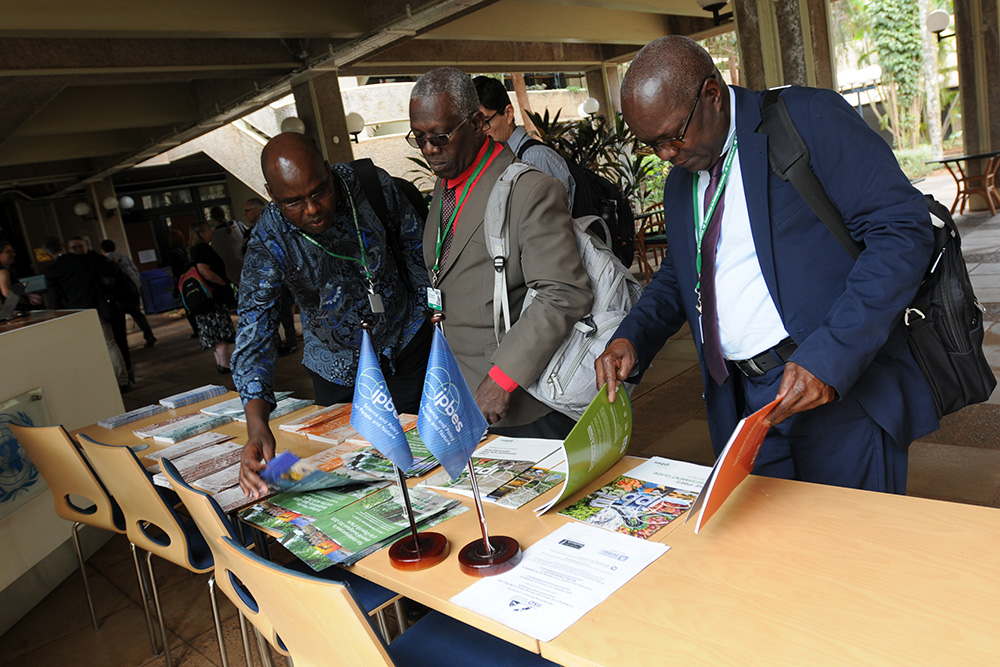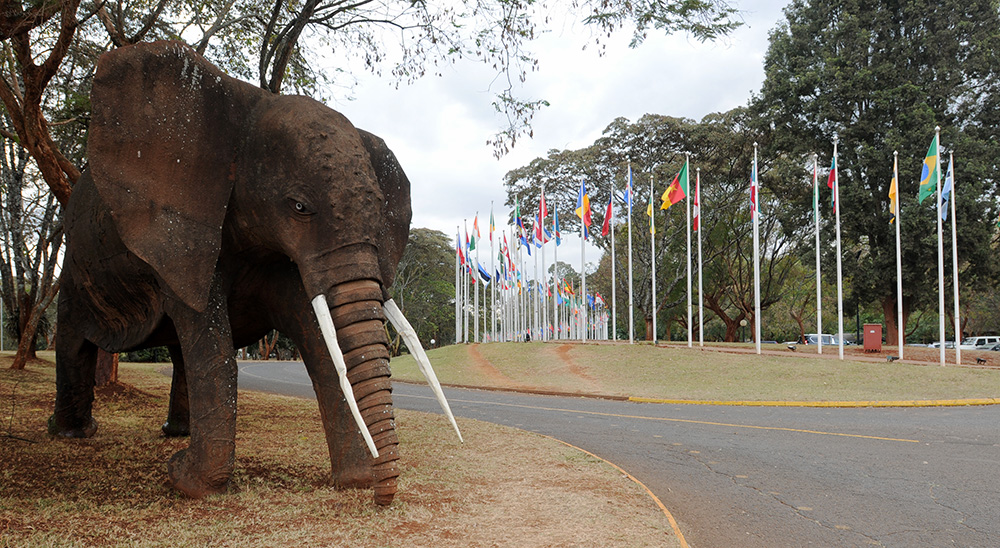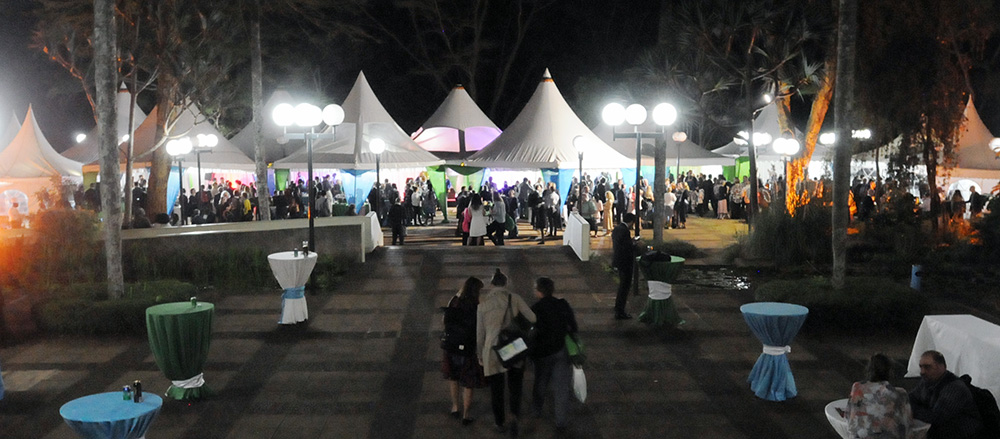Summary
Highlights for Tuesday, 27 August 2019
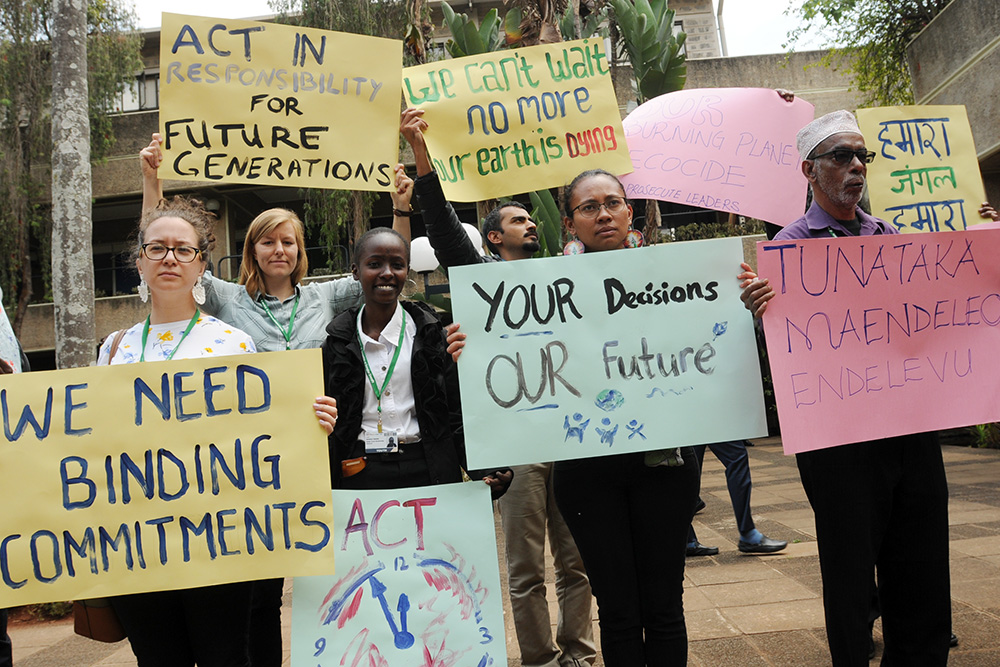
The first meeting of the Working Group on the post-2020 framework kicked off on Tuesday with expectations of intensive work over four days on the scope and key elements of the structure of the post-2020 global biodiversity framework (GBF).Co-Chair Francis Ogwal (Uganda), opened the meeting noting that deliberations from regional and thematic consultations have been invaluable to guiding the way forward for the GBF. Hamdallah Zedan, Ministry of Environment, Egypt, speaking on behalf of CBD COP President Yasmine Fouad, said, “though our task is a daunting one, we are able to rise to the challenge and get on the right path to achieving the 2050 Vision of ‘Living in harmony with nature’.” He emphasized that the development and implementation of the GBF should build on lessons learned from the implementation of the Aichi Biodiversity Targets, and should be informed by scientific knowledge.Quoting Nelson Mandela, CBD Executive Secretary Cristiana Pașca Palmer said, “sometimes it falls upon a generation to be great. You can be that great generation. Let your greatness blossom.” She encouraged delegates to be bold, be brave and work together “to bend the curve” towards the 2050 Vision of “living in harmony with nature.”Inger Anderson, UN Environment Programme Executive Director, said the GBF is crucial to arresting biodiversity loss, and that in order to get it right, we need baselines for measuring indicators and to turn towards biodiversity-positive agriculture and biodiversity-rich cities as part of the solution. She suggested an “apex target” to measure overall performance that combines species, genetic and ecosystem diversity.Throughout the day delegates heard reports of consultations and other contributions to the post-2020 process, and discussed potential elements on structure and scope of the post-2020 framework.During lunch, delegates attended an information session aimed at supporting a common approach and common understanding of issues under discussion during the first meeting of the Working Group. This new format, which replaces conventional side-events, is being tested at the current meeting, for consideration in upcoming meetings. Tuesday’s information session focused on strategic planning. Nick Salafsky, Foundations of Success, presented principles of developing a shared strategic planning framework, emphasizing the need to agree on an agile user-friendly approach to developing the GBF, and the development of Specific, Measurable, Achievable, Result-Oriented, and Time-limited (SMART) targets.Delegates entering the first day of the meeting expressed anticipation, as some noted the pressure and enormity of the task for the Working Group. “The world is watching,” one delegate remarked, noting that the urgency to succeed in combating biodiversity loss hangs over “all our heads” this week. Some noted that we cannot afford to fail, and that an ambitious GBF is a prerequisite to the successful transformational changes that society requires. After the Secretariat announced there are only 500 days to complete the GBF process, and that by the second meeting of the Working Group a digital hour glass would monitor the Working Group’s daily progress, a delegate exclaimed, “There is no time to waste!”As the day’s deliberations drew to a close, many delegates appreciated the highly participatory nature of the consultative process of the GBF, noting that it has not only facilitated a broad set of inputs but provided a basis for constructive discussions. Most delegates seemed unperturbed by the strict timing of interventions, noting that the six minutes encouraged wider participation and keeping to the point.
IISD Reporting Services, through its ENB Meeting Coverage, provided daily web coverage from the 1st Meeting of the Open-ended Working Group on the Post-2020 Global Biodiversity Framework. In addition, IISD Reporting Services has published a summary and analysis report which is now available in HTML and PDF.
Photos by IISD/ENB | Diego Noguera
For photo reprint permissions, please follow instructions at our Attribution Regulations for Meeting Photo Usage Page

